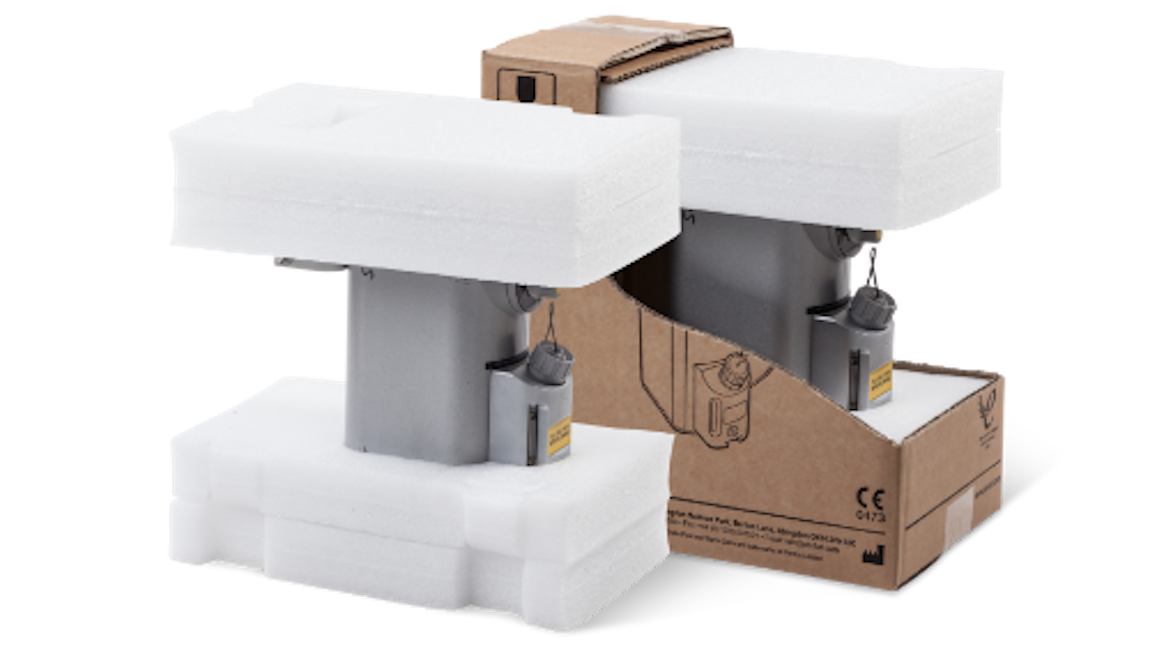Packaging for pharmaceuticals
In the pharmaceutical industry, primary packaging is often used to preserve and contain medicines to avoid contamination, as well as provide critical information for the consumer. An example of primary packaging could be blister packs which are used to contain the correct dosage of pills.
For secondary packaging, you’d often see the paperboard boxes used to display the packets on the pharmacy isle. And when it comes to tertiary packaging, as a consumer, this wouldn’t be noticed. However, it’s super important for a successful process.
Of course, there are exceptions to what we’ve mentioned above, these ‘rules’ are not set in stone and vary from product to product.
What do we mean by this you ask? Well, there’s much more to the pharmaceutical industry than just medicines.
When it comes to the packaging of medical equipment, especially in the B2B market, the focus slightly changes. Where medicines don’t usually need personalised protection, medical equipment/instruments do, and that’s the number one priority. However, this isn’t always the case. Medical equipment is also sold to end-consumers, meaning tertiary packaging is often essential. In short, there is no one-size-fits-all approach when it comes to pharmaceutical packaging.
So, if you need help packaging your medical equipment or medicines efficiently, speak to an expert at Swiftpak today.
Speak to an expert
For a deeper insight into pharmaceutical packaging and to discover packaging products we use to prevent damages of pharmaceutical products, visit our packaging tips for the pharmaceutical and chemical industry blog.
Alternatively, if you have any questions or are looking for a packaging solution to successfully protect your product, contact Swiftpak today, we’d be happy to help.


